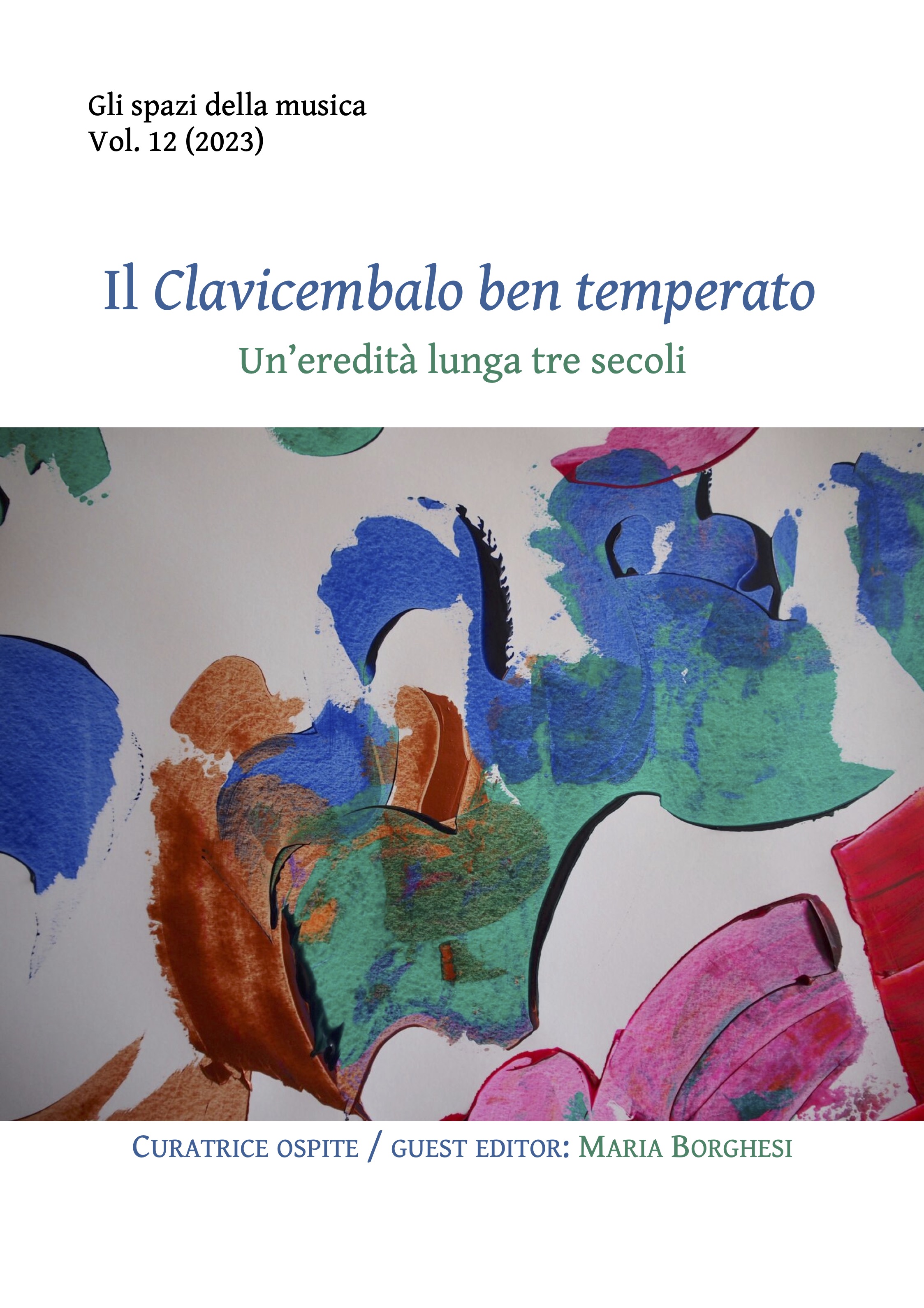'Well-Tempered Clavier' beyond the 'Well-Tempered Clavier'
Creative Reception in Italy
Abstract
Research on the reception of Bach’s works and figure is becoming an increasingly significant component of contemporary Bach studies. This article focuses on the Italian reception of the Well-Tempered Clavier, one of Bach’s most performed, studied, and published works in Italy. The analysis encompasses instructive editions, technical treatises, pedagogical works, arrangements, original compositions inspired by the Well-Tempered Clavier, and even musical parodies and artistic creations in other fields such as literature and cinema. Italy’s strong tradition of instructive editions is closely tied to conservatory programs, where the WTC has long been a requirement for piano examinations, shaping both editorial production and music pedagogy. A key figure in this reception is Ferruccio Busoni, whose editorial and creative approach to the Well-Tempered Clavier blurred the boundaries between edition, transcription, and original composition. Beyond instructive editions and transcriptions, the Well-Tempered Clavier has inspired original Italian compositions, from Castelnuovo-Tedesco’s Les guitares bien tempérées to Paolo Marchettini’s 24 Preludes and Fugues. Furthermore, the tradition of appropriating the Well-Tempered Clavier extended into literature and visual arts, with poets such as Umberto Saba and artists like Luigi Conconi reinterpreting Bach’s work in symbolic or ironic ways. This article demonstrates how the Italian reception of the Well-Tempered Clavier was shaped by pedagogical needs while simultaneously fostering new artistic creations. It outlines a unique trajectory that, while sharing features with other European traditions, presents distinctive characteristics. The Well-Tempered Clavier emerges not only as a cornerstone of Italian musical education but also as an inexhaustible source of inspiration for musicians, writers, and visual artists.
Downloads
Published
How to Cite
Issue
Section
License

This work is provided under the terms of the Creative Commons license Attribution - Noncommercial - No Derivative Works 3.0 Unported. The authors maintains all the the rights of the articles published in «Gli spazi della musica», included the publication rights.


